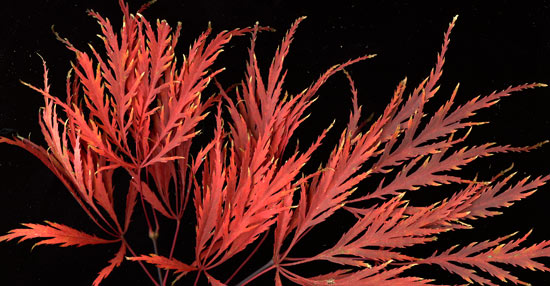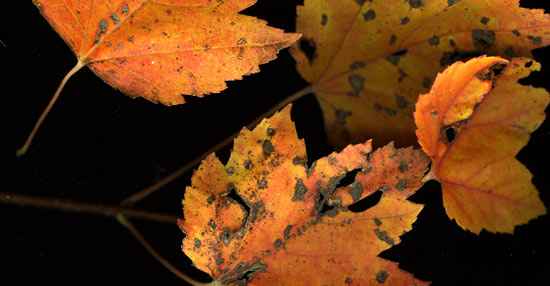on macro photography

As I’ve mentioned previously, this new year I’ve been learning how to do macro photography with our DSLR camera, first with a zoom-macro lens, then with extension tubes. So far I’ve been happiest with a single 36 mm extension tube joined with the regular lens (18-55mm). There are two more rings or tubes that I will be testing out some more in different combinations.
After a few practice sessions here are the most important lessons I’ve learned and am noting here for my own records and for any readers who may be interested:
1. One needs very good light conditions. The length of the macro ‘tube’ reduces the amount of light reaching the sensor (‘film’). Dark rainy days are not conducive to this kind of photography. Yesterday’s sunshine let me do a lot of work in the solarium with easy and still subjects in my flowers and plants, and a few outdoors in the garden as well.
2. One must use a tripod. Any shake is amplified in macro resulting in very blurry shots!
3. Even better, use the timer setting on the camera. Even manually pressing the shutter while the camera is on the tripod can move the camera a little. We attempted a shutter cable from our ancient film SLR camera but there is no input on our DSLR. Great invention, the timer!

4. Largest f-stop (smallest lens opening) is generally best. See #1.
5. Eyeglasses get in the way of focusing! Setting the diopter adjustment in the camera to my own vision in the right eye (similar to ones on binoculars) allowed me to focus more clearly, though it is annoying to keep taking glasses on and off (wear something with generous pockets!).
6. One need lots of time to set up the tripod and camera and focus! Practice will improve speed I’m sure.
7. All this heavy equipment – a big camera, different lenses and a tripod – means that I’m not likely to take these along on quick casual walks. The little point-and-shoot is pretty good for that. When I really must take the superior equipment, I will have to use one of those upright shopping carts on wheels, even if it makes me look like a bag lady 🙂
All this is old-hat to expert photographers so please don’t laugh at my amateurish struggles. I’m learning (thanks to husband’s patient help) and getting ever more excited by the results. Whoo-hoo!
No adjustments to these photos have been made in iPhoto or PhotoShop other than resizing and compressing for the web. I wish you could see them full-screen size! More photos to come….
























